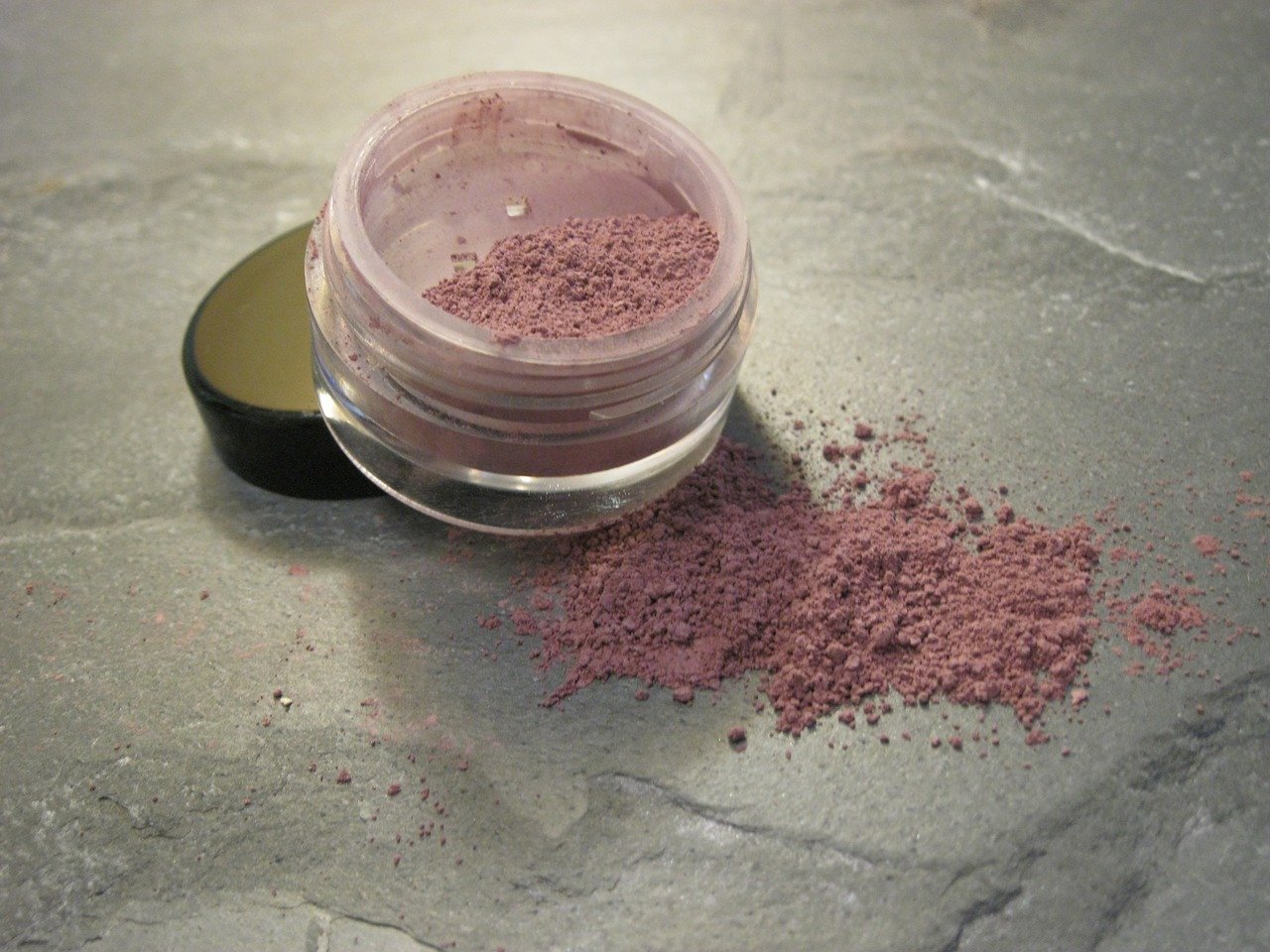Have you ever made the switch to mineral makeup? If so, you’re probably in it for the benefits. Mineral makeup doesn’t irritate and clog your pores. It doesn’t contain any preservatives and artificial ingredients (or only a few, if any). It can also protect your skin from the sun’s harmful UV rays, besides beautifying and coloring your face. If you want to know the full benefits of using mineral makeup, read here.
What about Micronized Mineral Makeup?
For the longest time, formulators of mineral makeup are using terms like micronized minerals, non-micronized minerals, and nanoparticles. These are terms to describe the ingredients of mineral makeup, about how large the particles are. In an era of much confusion, it’s essential to convey the differences of the same ingredient accurately.
Micronized mineral makeup means the product is made of finer particles that contain crushed minerals. Micronized miracles are describing the micron size of the particles. Titanium dioxide and zinc oxide are two of the most important ingredients in mineral makeup, and they are present in products in a tiny micron size form.
The word “micron” is an abbreviated term for “micrometer,” which is equivalent to a millionth of a meter, a thousandth of a millimeter, or 1/25,000 of an inch. Generally, a keen human eye can see dust and debris of approximately 25 microns in size. Do you already imagine how small it is?
Advocates of micronized minerals (mainly the companies that sell them) say that because the particles are smaller, their products can give a smoother and more elegant finish. But the fact is, most mineral makeup is micronized for the best coverage, ease of flow, and consistency. Micronized minerals are not just about describing the micron size of the particles, but it’s considered to have a less whitening effect on the skin, producing less pigment.
The size of the mineral particles has everything to do with its ability to cling on or bind on the skin. It will determine how it looks on the face when applied, and how easy it will be to use on the skin. Large makeup particles can cause the makeup to cake and become messy. So, you can rely on micronized mineral makeup to create a smear-free and crease-free look, making the skin look naturally radiant. One quality that makes mineral makeup more favorable than conventional makeup is its smooth feel and pleasant feeling when applied, thanks to micronized mineral ingredients. With its well-blended materials, mineral makeup can achieve perfect coverage.
Meanwhile, non-micronized have ingredients that are 3 microns or larger. It can also be considered as micronized, but they aren’t on nanoscale or micro scale due to the finished size of the particles. Non-micronized makeup offers more of a whitening effect, providing more pigment that results in better coverage.
Just like other forms of makeup, micronized mineral makeup has become a usual, everyday makeup for most people. It can be found in different colors and shades that can match all skin tones. It presents a safer and more effective alternative to conventional makeup, but research has shown that a micron particle may also cause adverse health effects. The ETC group (an action group on Erosion, Technology, and Concentration) claims that a particle seven microns or smaller can penetrate the cell walls and lungs.
What about Nano-Scale Mineral Makeup?
Microscopic micronized particles are called nanoparticles. Nanoparticles are used primarily in skincare, especially sunscreen. Today, you may see descriptions in makeup such as “does not contain nanoscale particles” or “no nano-sized particles used” to show what grade of micronized powders are being used. When nanoparticles are used in makeup (commonly in the case of many liquid sunscreens), it also means that the coverage will be quite sheer to avoid the whitening effect that the titanium dioxide and zinc oxide can cause.
A nanoparticle is much smaller than a micron. It’s one-billionth of a meter – even the width of human hair is tens and thousands of times larger than a nanoparticle. These super-small particles produce a smooth, glow-like finish that women like. It helps the product feel light, glide easily over the skin and produce a smooth, glow-like finish.
It’s all great, but there has been some concern that the nanoparticles are small enough to enter into the bloodstream of the body – either through the skin or by breathing it in. This may pose a health risk, as these teeny, tiny particles can easily penetrate natural skin barriers and potentially infiltrate the circulatory system. A good rule of thumb to check if your makeup is made of nanoparticles is if it completely disappears on your skin upon application (and when you hardly get coverage on first swipe), then it most probably contains nanoparticles.
When inhaled, these very fine particles can be embedded in the lungs, and the body will have a hard time removing them. So, loose mineral makeup containing nanoparticle ingredients can pose a health risk, especially for people with asthma and allergies.
The Bottom Line
For the sake of your health, in the long run, it’s best to avoid mineral makeup that uses nanoparticles and proceed with caution on those products that contain micronized particles. Also, if you’re using loose mineral powder, keep in mind these helpful tips:
- To reduce the incidents of loose powder flying into the air, work the powder into the brush by buffing, swirling, or tapping first, so you don’t see it anymore. Then, apply the makeup to your face.
- Wet the foundation down to reduce a chance of airborne particles being inhaled by your lungs. Mix a drop or two of water or moisturizer with your loose foundation or eyeshadow, then apply it using a brush.
- Use a foundation brush to apply dry mineral makeup to reduce airborne powder.
- Better use a flocked sponge-dip into your foundation, then dap and swipe across your face.

